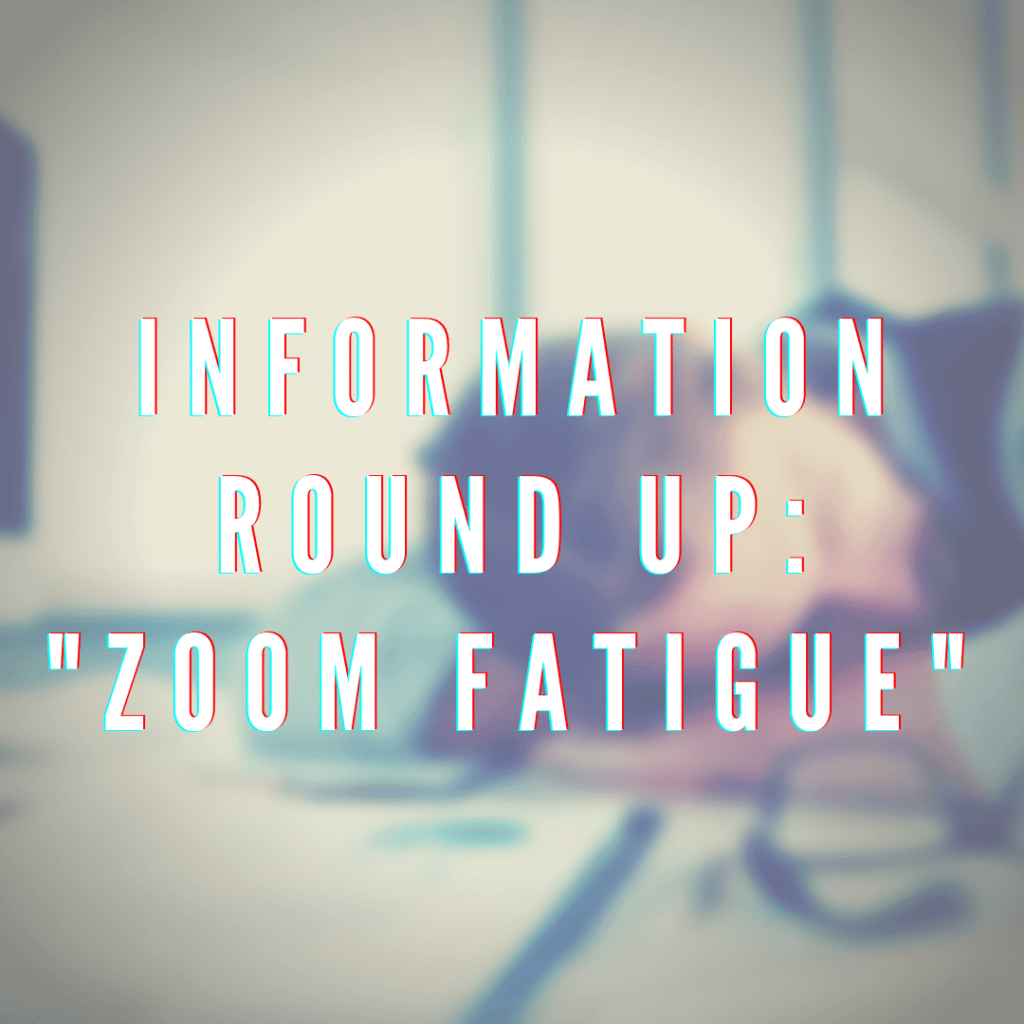About a month into the Coronavirus pandemic was when we started seeing the articles about ‘zoom fatigue’ popping up in our news feeds, and for good reason. We were (are) all feeling exhausted after a day of several work/school/social Zoom meetings or calls. Practically overnight, we all scrambled to come to grips with not only working remotely but socialising from a distance too. Fast forward from March to November and we seemed to have adjusted to this new way of doing things (or we are merely just doing the best we can), but we are still exhausted at the end of the day, from one too many Zoom meetings, that let’s face it, half of them could have been emails! But jokes aside, we spend a lot of our time on video calls and we find this more tiring than in-person meetings for a myriad of reasons. By the time it comes to an evening webinar, we have 0 energy or attention left to give to it. That’s why hosting an event or even a simple webinar in an interactive virtual platform may help boost attendance, minimise disinterest and maximise engagement.
Firstly, what is ‘Zoom Fatigue’?
Zoom fatigue is the term coined to explain the exhaustion many of us feel at the end of, or during a day full of video meetings and calls. We feel more tired and drained after a day of video calling from our own homes than we did working in our usual working environment and this is because we have to concentrate so much more on a zoom call than we would in an in-person meeting. We are processing too many visual, social, environmental and auditory cues at once, which makes it that much harder to concentrate. For example, in a virtual meeting, you are sitting in your designated workspace, staring at a screen with one or more of your colleagues on it, trying to keep an eye on their facial expressions to see what they think of the meeting/information, while your dog barks in the background or your cat are asleep next to you on your desk. You also constantly keep looking at yourself on the screen and notice that ‘wow, you look tired today’, and that you really need to do something about that back wall. You are also constantly assessing whether you look engaged enough in what your colleagues are saying. Because we miss out on social cues that we would otherwise be able to respond to in an in-person meeting, such as body language, this leads to us not knowing when to speak, so we speak over someone or sit in silence and the whole situation is just awkward.
This is exhausting. By the end of the day we are tired of over analysing every small detail on a screen and just want to love our pets and drink something soothing, be it wine or tea. But wait, you have an evening webinar that starts at 6 pm and you really want to see if they will offer any great travel/book deals or if it’s a work thing, then attendance is sort of mandatory but hey, at least you and Gina can WhatsApp sarcastic comments to each other while you pretend to listen. And so you log onto Zoom again and not really listen to anything for the next hour (if you are lucky). This situation is exactly why you should look at using a virtual platform for your next event or webinar rather than making people just log into Zoom or Teams for the 17th time that day.
So, what makes a virtual platform different from a webinar platform? Why does using a virtual event platform minimise so-called ‘Zoom Fatigue’? Firstly, a virtual event platform has been designed to take all of the above into account, it’s designed to mimic a live in-person event, in the sense that there can be ‘rooms’ where people can be assigned based on certain criteria, there are exhibition halls and the ability to have more than one session at a time, networking functions, eposter sessions and more. With a virtual platform, you have to click things, this may sound odd, but the mere act of clicking into a session and then ‘back to timeline’ is engaging. The attendee is not just sitting passively watching the whole time.
Features such as the live host functionality also keep people engaged. If you have Sarah or Bob popping up after a session to tell a funny story or remind you to get up and make coffee (wine) you will, and bonus you get to take a break from sitting. An event platform is designed to keep you engaged. Gamification is designed to do just this, gamification is a great tool to produce endorphins, the same way scoring points in a competition does, as that is exactly what it is. You can play background music using a virtual platform, which also helps people feel that it is a different experience from what they have been doing all day. The keyword here is ‘experience’, as an event organiser you are in the business of creating experiences. That’s what using a virtual event platform provides. A different experience. One that doesn’t leave your attendees feeling drained by or, like they have attended yet another Zoom meeting.

